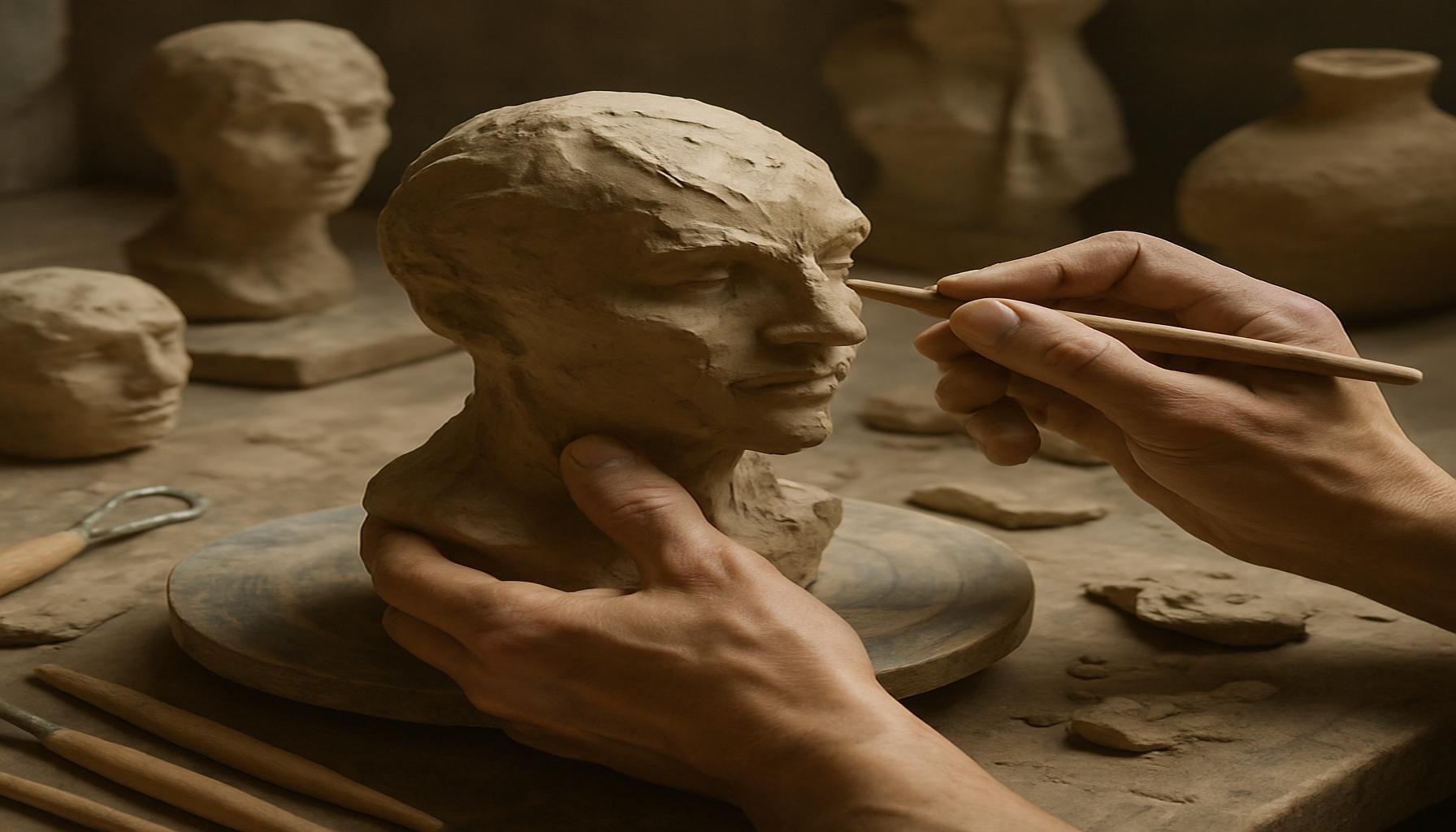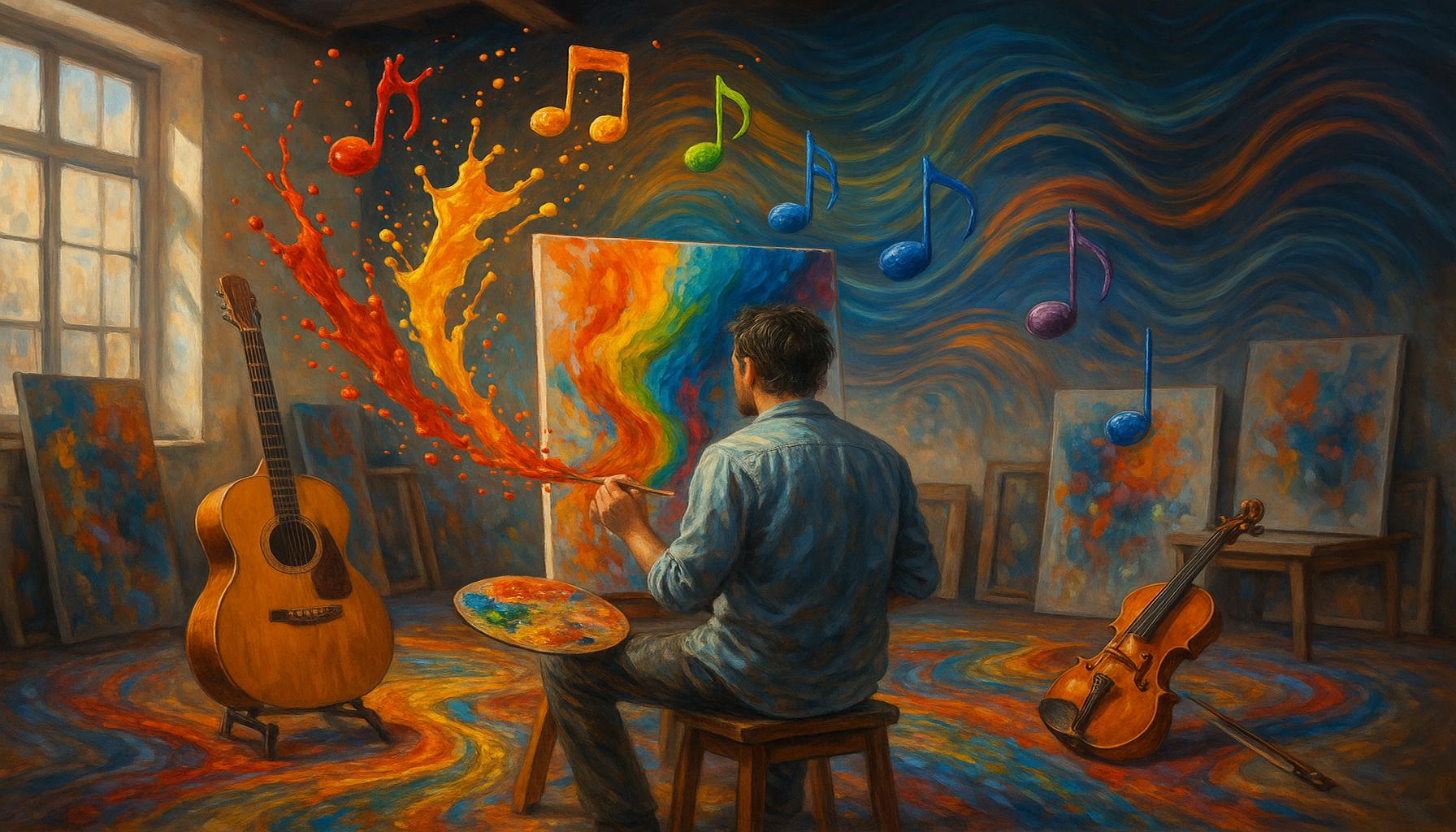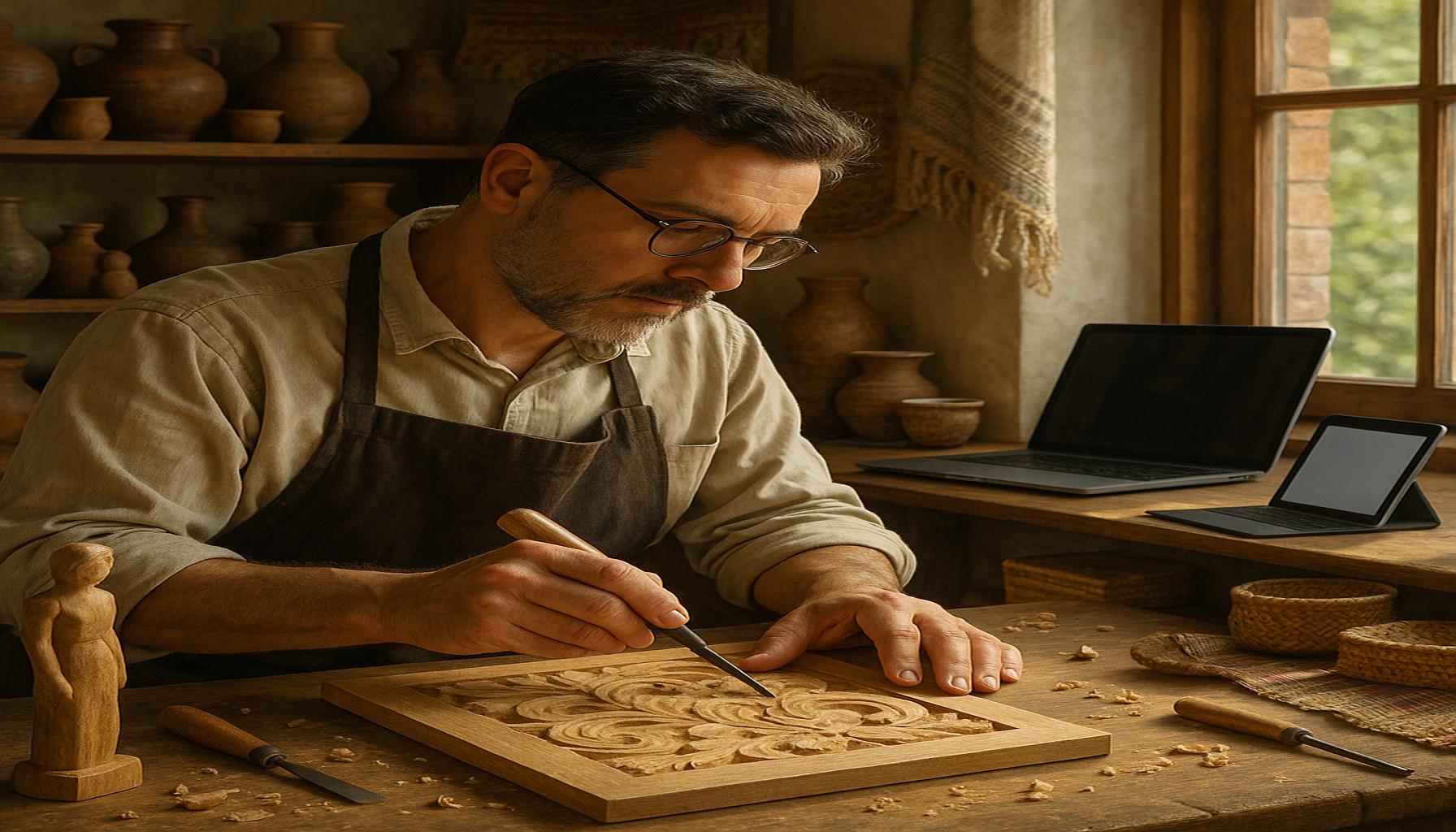The evolution of digital art: how technology is transforming artistic expression
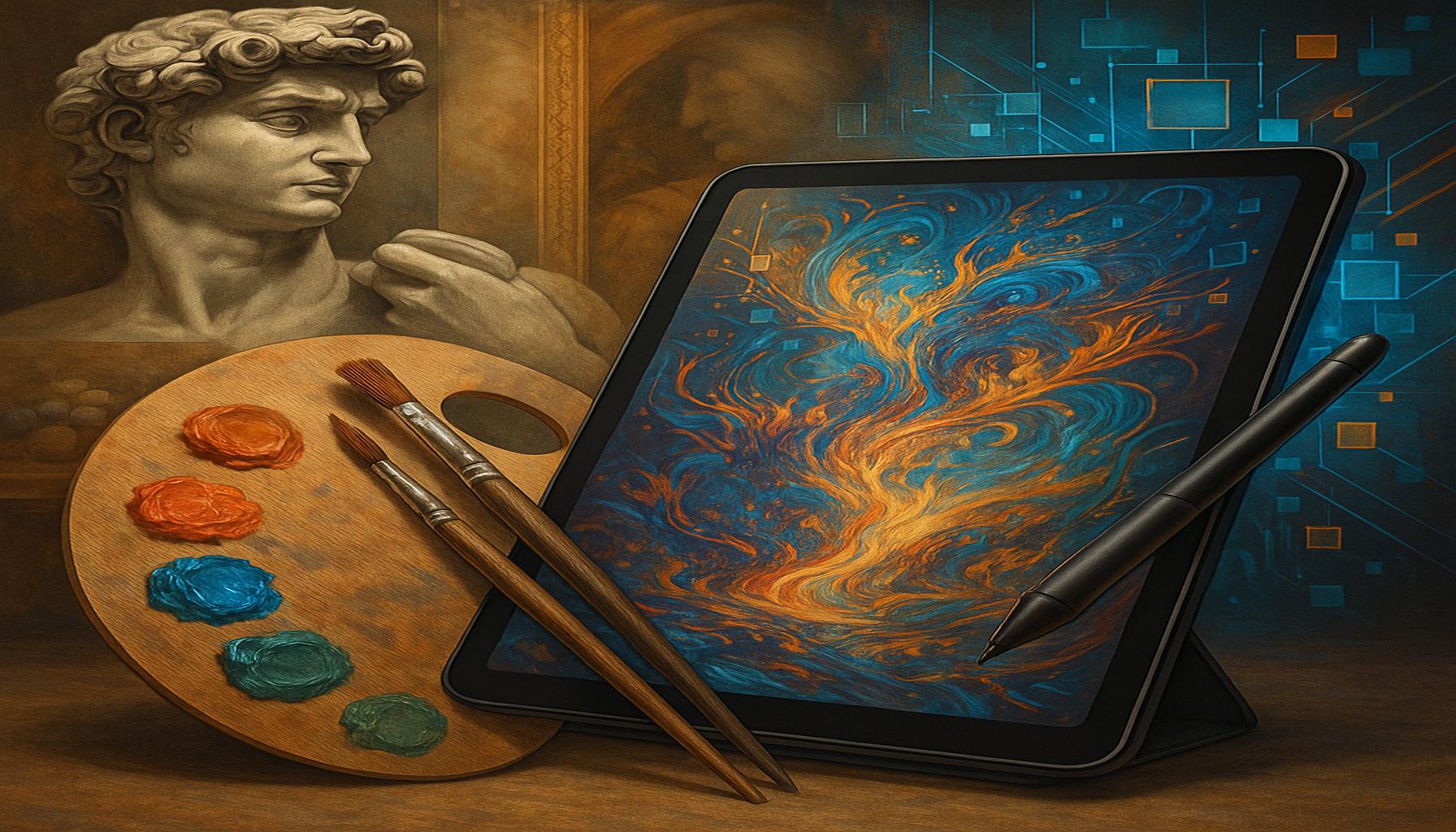
The Evolution of Artistic Expression
The world of art has witnessed a seismic shift catalyzed by technological advancements, fundamentally altering how creativity is conceptualized and expressed. From traditional canvas paintings to breathtaking digital installations, artists are now equipped with a plethora of tools that enable them to push the boundaries of their craft. This evolution is not just about aesthetics; it showcases how the medium itself influences creativity, distribution, and audience engagement.
- Digital tools: Software like Adobe Photoshop and Procreate offers artists features that transcend traditional limitations. Artists can experiment without the fear of ‘ruining’ a piece, allowing for a more liberated approach to creation. For instance, renowned digital artist Mike Winkelmann, better known as Beeple, utilizes advanced digital tools to create intricate designs that can be altered in real-time, reflecting a dynamic creative process.
- Virtual reality: Platforms such as Oculus provide immersive environments where creators can step inside their artwork. VR art installations, like those found in the GOOGLE Arts & Culture project, allow spectators to engage with art in three-dimensional space, offering a new dimension to the viewing experience. Artists like Golan Levin have explored this medium, creating interactive pieces that not only transform the art itself but also how viewers perceive and interact with their surroundings.
- Blockchain technology: The rise of Non-Fungible Tokens (NFTs) has revolutionized how artists and collectors interact with ownership and authenticity. Artists such as Beeple have made headlines after selling NFTs for millions of dollars, which presents a radical shift in how art is commodified and valued. By utilizing blockchain, creators can ensure provenance and royalty agreements, thereby generating ongoing income from their creations long after the initial sale.
These innovations are significant milestones in the ongoing journey of digital art. As digital creatives embrace these modern tools, there is a palpable shift not only in the creations themselves but also in the relationship between artists and their audiences. With platforms like Instagram and TikTok serving as prominent galleries, a broader audience is able to engage with art, fostering communities that transcend geographical barriers.
As technology continues to advance at a breakneck pace, the future portends even more exciting changes in the realm of artistic expression. Artists are increasingly finding their unique voice through innovative platforms and tools, exploring new ways to tell stories and convey emotions. For those interested in the implications of technology on art, a deeper investigation into these trends illustrates a vibrant and evolving landscape ripe with possibility.
This exploration aims to shed light on the profound and ongoing impact of technology on digital art, emphasizing key trends and examples that reveal its dynamic nature. Join us as we embark on this journey into the exciting intersections of art and technology, uncovering how modern creators are navigating an ever-changing landscape.
DISCOVER MORE: Click here to enhance your creativity
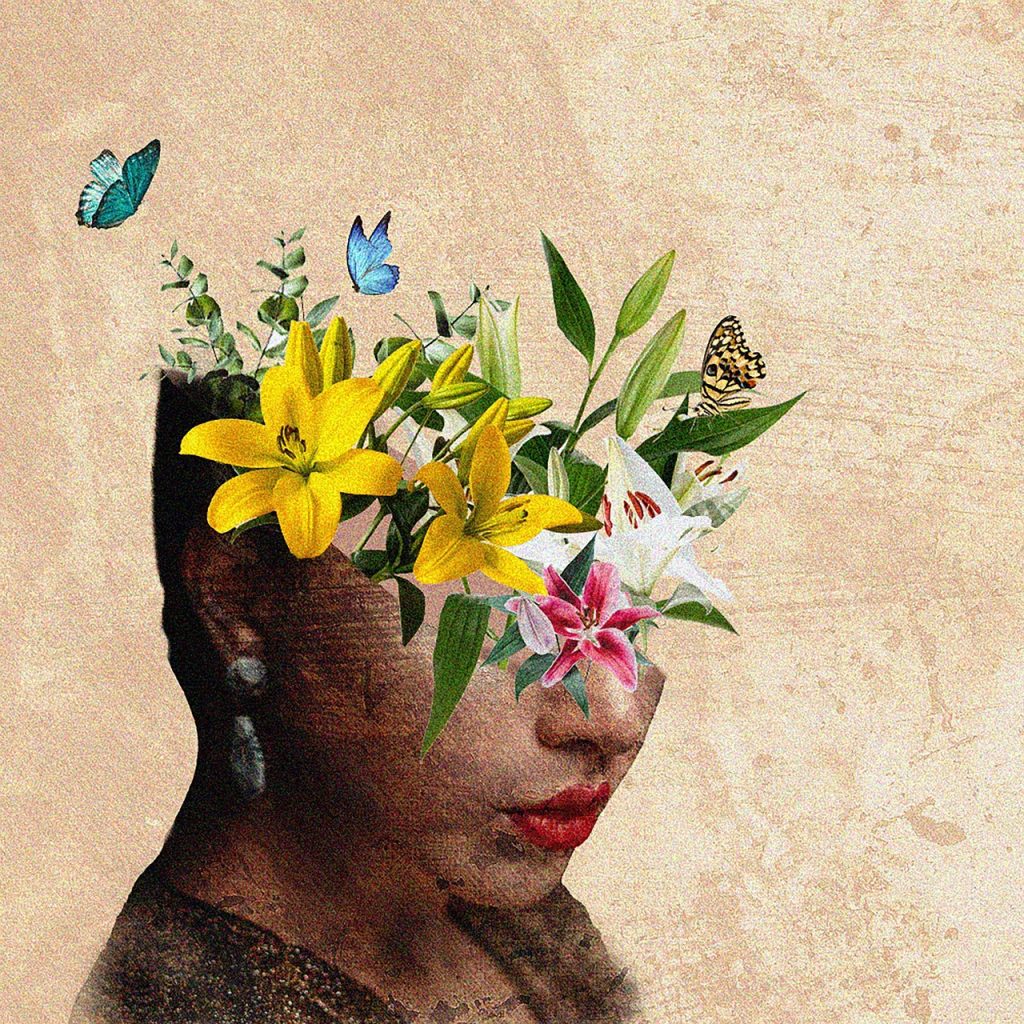
Revolutionizing Creativity with Digital Tools
The advent of digital tools has ushered in an era where the boundaries of traditional artistic expression are not merely pushed, but redefined. Artists are no longer confined to the limitations of physical media; instead, they now possess an arsenal of advanced software that enhances their creative capabilities in unprecedented ways. Programs like Adobe Photoshop, Procreate, and Clip Studio Paint offer innovative features that enable artists to experiment freely, merging traditional techniques with digital finesse. This convergence allows for a dynamic process where iterations can be made instantaneously, fostering a truly explorative environment for artists.
One prominent use of such digital tools is seen in the field of concept art. Concept artists utilize programs that allow them to generate detailed visualizations of ideas, scenes, or characters, essential for films and video games. For instance, artists at major studios can produce complex designs within hours that would take weeks to achieve through conventional means. This capability allows for rapid prototyping and collaboration, which significantly accelerates project timelines.
Embracing Interactive Media
The integration of interactive media into the digital art scene has introduced another layer of engagement. Innovations such as augmented reality (AR) and interactive installations invite viewers to not only passively observe art but participate in it. Artists like Yayoi Kusama have incorporated AR elements into their work, allowing audiences to experience art in an immersive manner that melds the physical and virtual worlds. This transformation redefines the role of the audience, making them co-creators in the artistic experience.
- Accessibility: Digital art tools are often more affordable than traditional art supplies, making artistic creation accessible to a broader audience. Anyone with a computer or tablet can express their creativity without investing in costly materials.
- Global collaboration: Artists can collaborate across continents in real-time, sharing and refining ideas with peers who are thousands of miles away. This global network fosters a unique blend of cultural influences that enrich the art created.
- Instant feedback: Social media platforms allow artists to receive immediate feedback on their work. This interaction not only encourages artists but also guides them in understanding audience preferences, ultimately shaping their artistic focus.
The shift towards digital artistry also addresses the growing need for sustainability in creative practices. By opting for digital mediums, artists can reduce their carbon footprint, as there is less reliance on physical materials that contribute to environmental degradation. This aligns with a broader movement towards eco-consciousness in the art world, demonstrating how digital art can resonate with contemporary social values.
As artists harness these emerging technologies, they continue to challenge the definitions of art and creativity, revealing new ways to express thoughts and emotions. The transformation initiated by digital art tools signifies a larger cultural trend, where technology not only augments artistic capabilities but also democratizes access to artistry.
As we delve deeper into the transformative world of digital art, it becomes increasingly evident that technology is not merely a tool but a canvas itself, altering artistic expression in profound ways. From the rise of artificial intelligence-driven creations to the flourishing of virtual and augmented reality platforms, artists today are merging traditional techniques with cutting-edge innovations.One significant aspect of this evolution is the democratization of art. Previously, access to quality materials and training was often limited to privileged individuals. Today, affordable software and online tutorials enable anyone with a passion for creativity to express themselves. Digital platforms facilitate the sharing of artworks globally, leading to a vibrant exchange of ideas and styles that resonate across cultures. Moreover, the introduction of NFTs (Non-Fungible Tokens) has revolutionized the art market, allowing artists to sell their digital work as rare, collectible pieces. This shift not only secures the ownership of digital art but also challenges the conventional art economy, inviting discussions about value, authenticity, and the future of art commerce.Furthermore, technologies such as 3D printing and motion capture are expanding the dimensions of artistic possibilities. Artists can now create intricate sculptures from digital models or make interactive installations that engage viewers in unique ways. These advancements push the boundaries of creativity, inviting audiences to experience art as an immersive journey rather than a passive observation.The fusion of technology and artistry is reshaping our cultural landscape, sparking a renaissance that continuously redefines the essence of artistic expression. As we witness this evolution, the question arises: how will the next wave of technology further transform the way we create and perceive art? Engaging with this topic invites endless discovery and exploration, propelling both artists and audiences into uncharted territories of imagination. To explore these themes further, the advantages of this evolution can be encapsulated in the following table:
| Category | Description |
|---|---|
| Accessibility | Digital platforms make it easier for artists to share their work globally. |
| Innovation | Technologies like VR and AI are creating new forms of art. |
DISCOVER MORE: Click here to dive deeper
Expanding Artistic Horizons with Artificial Intelligence
The introduction of Artificial Intelligence (AI) into the realm of digital art is perhaps one of the most groundbreaking and controversial developments in recent years. AI algorithms can analyze vast amounts of artistic data, learning styles and techniques to create unique artwork. This fusion of technology and creativity is exemplified through platforms like DeepArt and Artbreeder, which allow users to generate artworks based on style transfer and genetic breeding of images, respectively. Such tools have attracted attention for their capability to produce compelling visuals in mere moments, pushing the boundaries of what it means to be an artist.
While some may argue that AI-generated art lacks the human touch and emotional depth of traditional works, others see it as an expansive tool that stimulates collaboration between artists and machines. The possibility of utilizing AI to generate artwork opens discussions about authorship and originality: who owns a piece of art created through an AI’s suggestions and processes? These conversations challenge established norms and elevate the discourse around modern creativity, prompting artists to rethink their roles in the artistic landscape.
Bridging Realities with Virtual Art
The rise of virtual reality (VR) has enabled artists to craft experiences that transcend physical constraints. By immersing audiences in a fully digital environment, VR transforms the way individuals interact with art. Projects like Google’s Tilt Brush allow users to paint in a three-dimensional space, enabling a deeper exploration of artistic expression. Artists can create entire worlds that can only exist in the virtual domain, and this burgeoning medium has already garnered attention from major exhibitions, including the Venice Biennale, where immersive experiences have captivated viewers and critics alike.
- Educational opportunities: The integration of VR technologies has opened new avenues for art education. Institutions like the Rhode Island School of Design are incorporating VR into curricula, allowing students to engage with art in innovative and interactive ways.
- Increased emotional connection: Immersive experiences enable viewers to feel a deeper emotional connection with the art, creating a shared space where personal interpretation and collective experience intermingle.
- Art market evolution: The rise of digital and VR art has led to the emergence of new marketplaces and platforms for artists to showcase and sell their works, such as SuperRare and Rarible. The growing interest in Non-Fungible Tokens (NFTs) is transforming the art landscape, providing artists with additional avenues for monetization and audience engagement.
Moreover, the growing accessibility of 3D printing technology has further transformed artistic expression. Artists are now able to translate their digital designs into tangible objects, blurring the line between virtual and physical art. By utilizing software like Blender to create 3D models, artists can produce sculptures and installations that challenge the norms of traditional media. This integration of digital fabrication into art-making expands the creative toolbox, reinforcing the idea that art can exist in multifaceted formats.
The evolution of digital art is not just a story of new tools, but rather a broader cultural shift that reflects societal changes and technological advancements. By embracing these innovations, artists can contribute to a vibrant conversation about the nature of creativity, ownership, and collaboration in the digital age. This newfound artistic landscape compels both creators and audiences to reconsider their relationships with art in an ever-evolving world.
DIVE DEEPER: Click here to discover how collaboration fuels creativity
Conclusion: The Future of Artistic Expression in a Digital Age
The journey of digital art is emblematic of how technology continually reshapes artistic expression, ushering in new possibilities and challenging traditional conventions. From the advent of digital painting software to the integration of Artificial Intelligence and virtual reality, artists are not only expanding their creative horizons but also redefining the core concepts of art itself. As we have explored, platforms that leverage AI and VR technologies invite both collaboration and innovation, creating dialogues between humans and machines that inspire new forms of artistic creativity.
Moreover, the rise of 3D printing and the burgeoning marketplace for digital art through Non-Fungible Tokens (NFTs) highlight a paradigm shift in how art is created, shared, and monetized. These developments not only democratize access to artistic tools but also encourage a more diverse and inclusive artistic community. As artists navigate these complexities, they are prompted to engage in critical discussions surrounding authorship, originality, and emotional connectivity within their works, further enriching the tapestry of modern art.
Looking forward, the continued interplay between technology and creativity suggests that we are on the cusp of a new artistic renaissance. As emerging technologies advance, so too will our understanding of what art can be. The evolution of digital art serves as a reminder that creativity is both timeless and timely, constantly adapting in response to the world. As audiences, we are invited to embrace these transformations and explore the unexplored avenues of artistic expression that await us in this dynamic, digital landscape.

